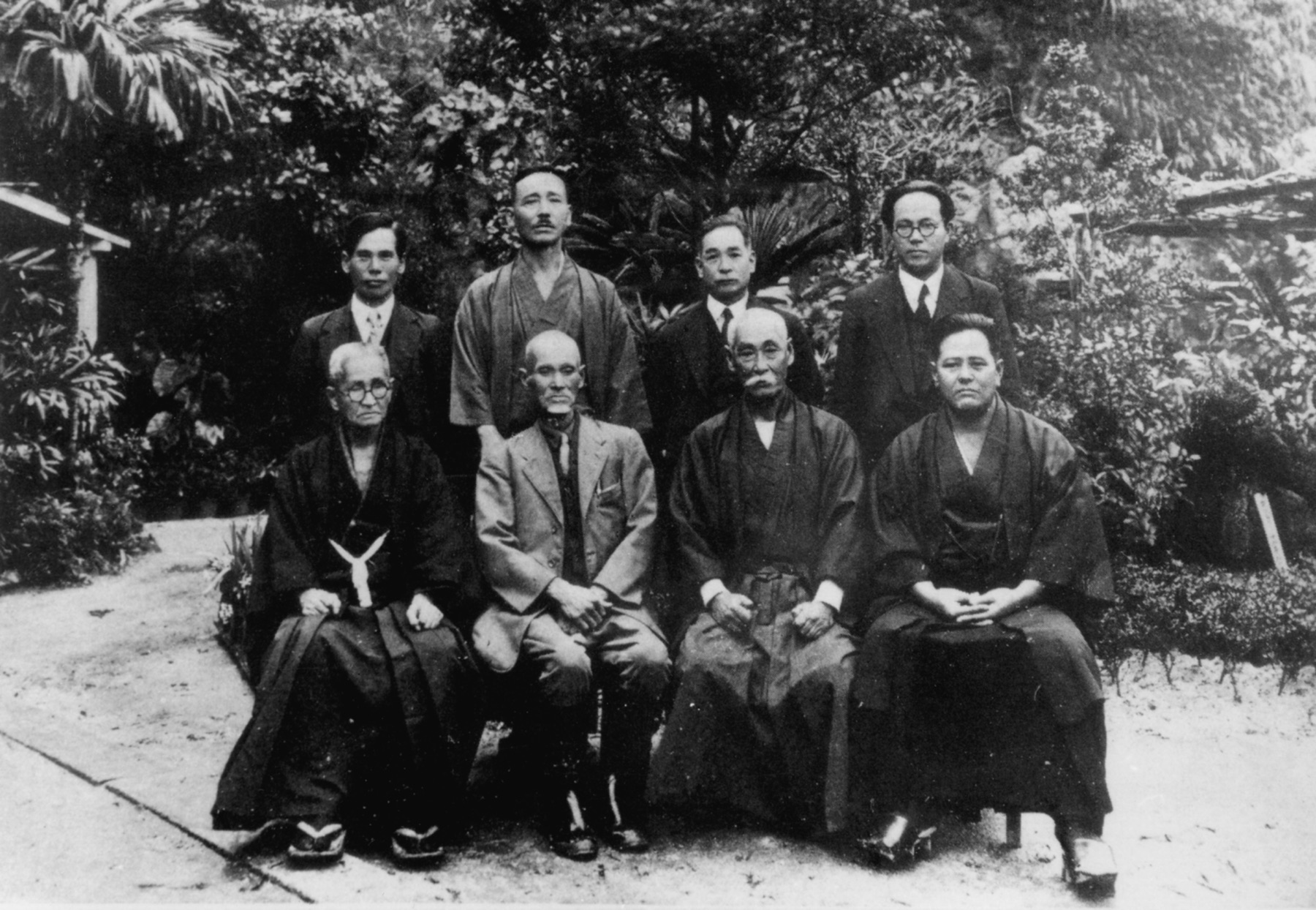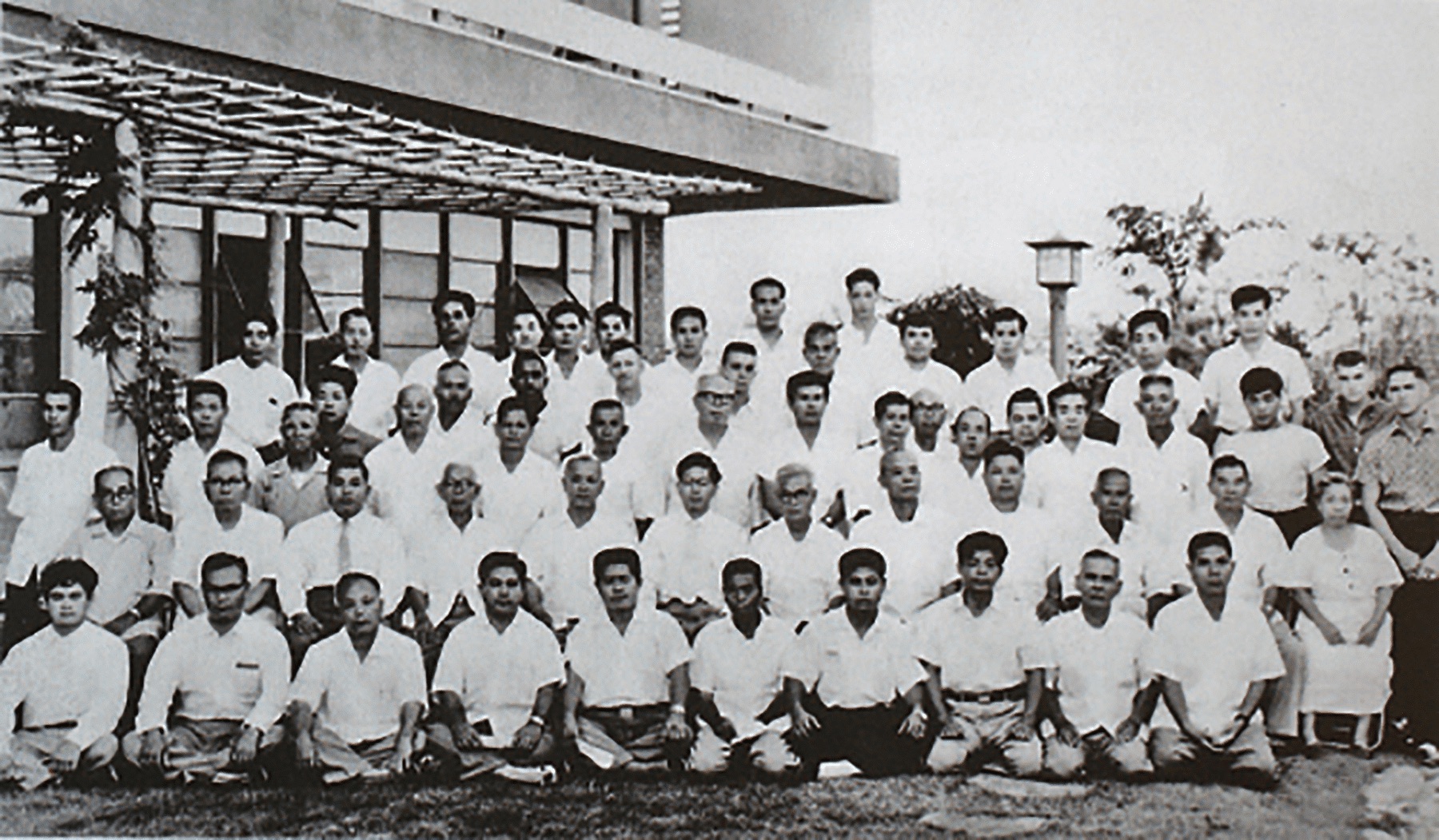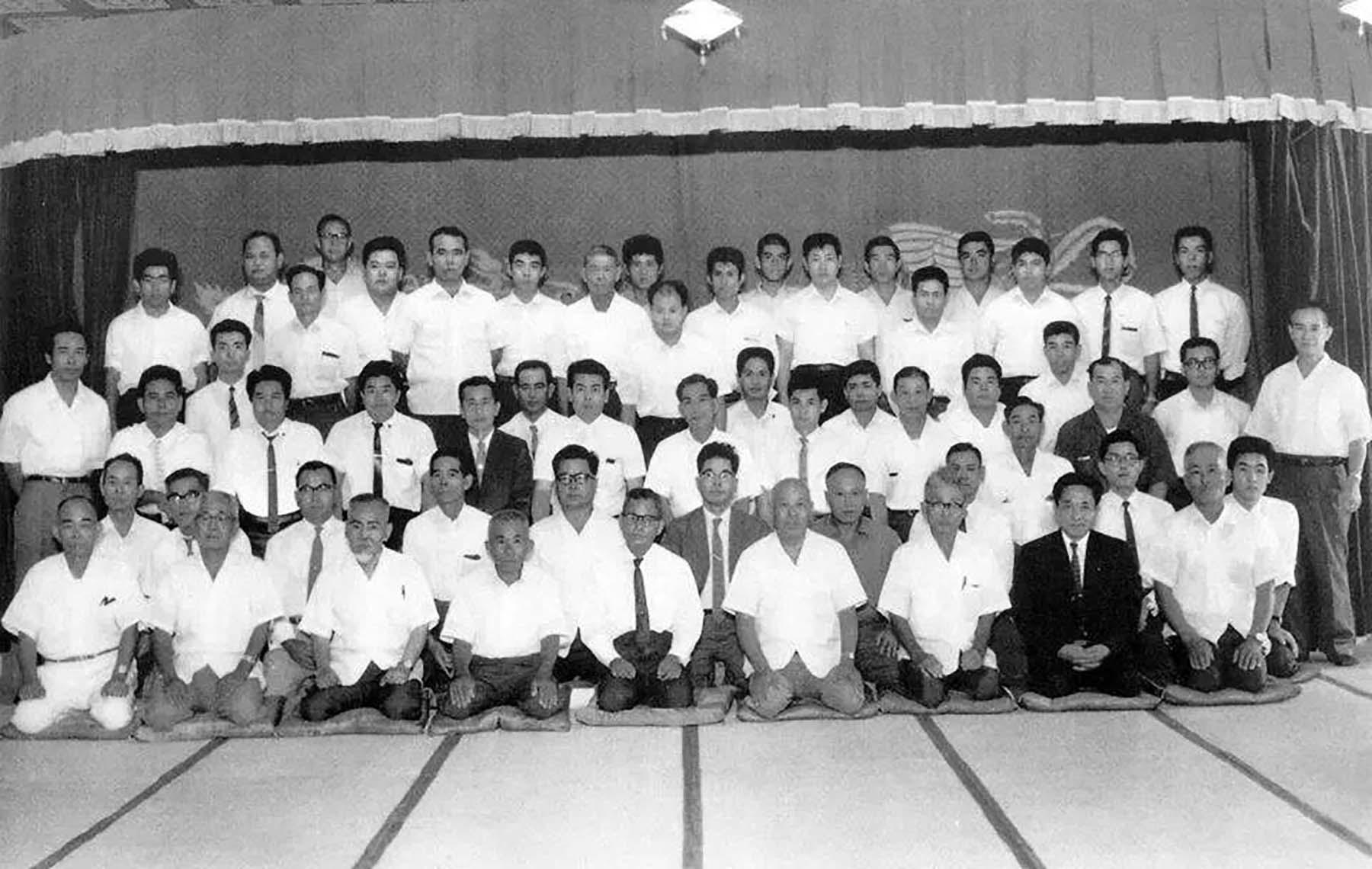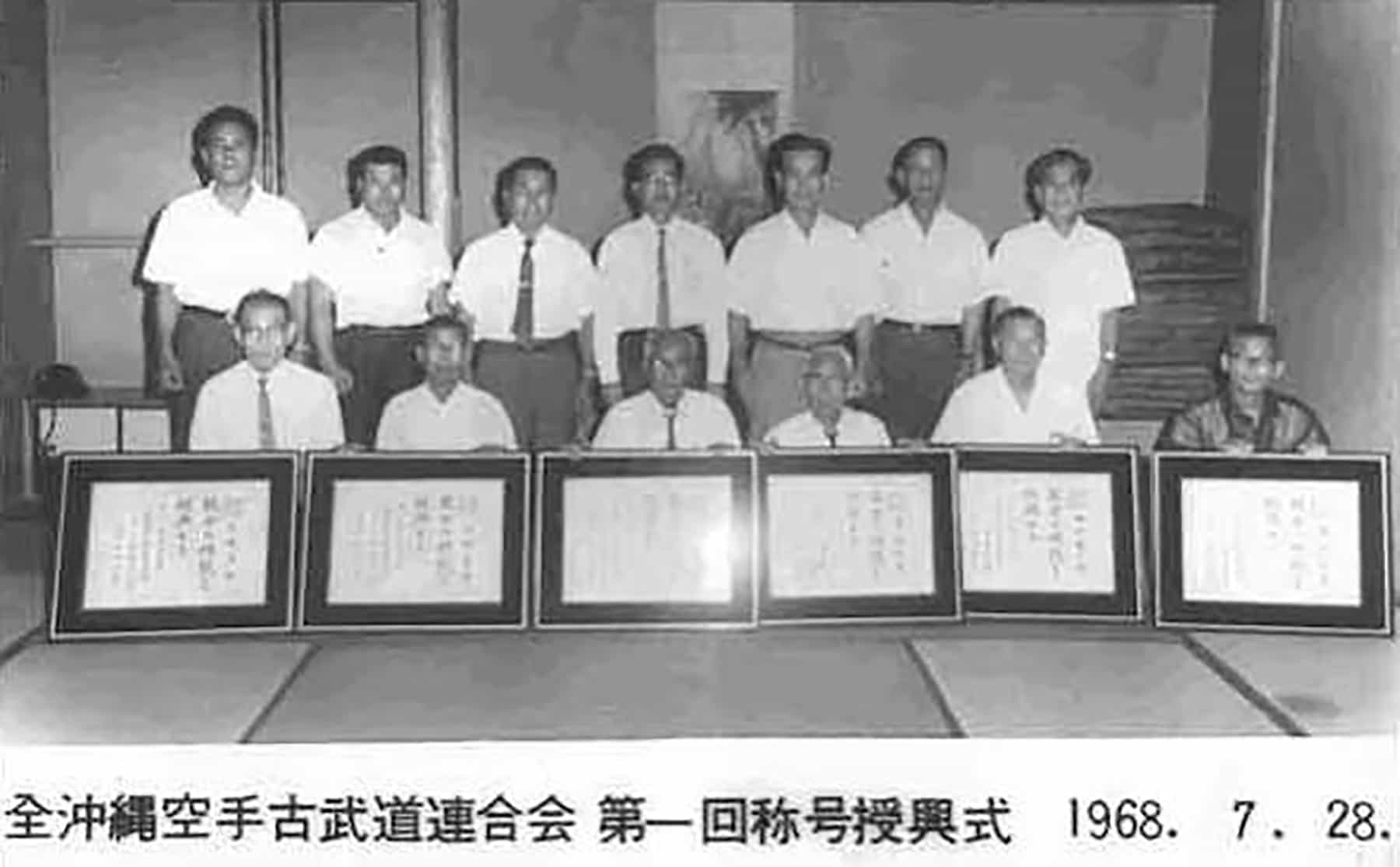Historical overview
Throughout the 1600-1800’s, Ryukyu senior Peichin garrison were exposed to Chinese martial arts by visiting envoys such as Kusanku and Iwah, and others even travelled to China to learn the arts to include Kanga Sakugawa, Isei Kojo, Sokon Matsumura, Kanryo Higaonna, Kanbun Uechi. Many of these individuals trained with their teacher for less than ten years yet were considered masters of their time. Their Chinese arts were absorbed into Ryukyu arts and morphed with indigenious or other martial traditions to form “Toudi”. The Okinawan martial artists did not continuously travel to China to learn, nor did they maintain the Chinese language or traditions in their teachings, but rather assimilated into their own culture. When “Toudi” was transported to mainland Japan, again it went through changes to be assimilated into the culture there, and more militaristic and Yamato traditions were added.

In the 1950’s the Okinawan karate teachers that had assimilated into Japanese martial culture were successful in adopting Japanese Bugei traditions of using titles and certificates while also adopting the modern usage of rank and belt system introduced by Kano Sensei, founder of Judo. These early Okinawan Sensei such as Kanken Toyama, Kenwa Mabuni, and Gichin Funakoshi tried to reach out to their Okinawan colleagues to adopt the modern Japanese structured way, but only a few excepted; Zenryo Shimabukuro, Eizo Shimabukuro, and Choshin Chibana. Using their newly established ranks, they were able to form some of the first Okinawan groups on Okinawa with the idea to be self-dependent aside from the mainlanders yet adopting their rank and recognition systems. One group, the Okinawa Kobudo Kyokai (OKK) formed in 1961 was different in that they sought out to preserve the Ryukyu arts yet none had established rank from Japan. It was agreed upon by the collective of older, senior karate practitioners, that certain members should definitely be recognized as high ranking dans with Kyoshi and Hanshi titles; therefore, the beginning of rank within this group of some of the most traditional Ryukyu Bugei came not from already ranked people but rather from a community consensus that they deserved it. The OKK would continue to grow and in 1967 became the Zen Okinawa Karate Kobudo Rengokai (ZOKKR). Many seniors such as Hohan Soken, Shosei Kina, Seitoku Higa, Seikichi Uehara, Tatsuo Shimabukuro, and Kafu Kojo obtained their rank and titles from this group. Many were senior to their Japanese counterparts and felt no need to have their approval or association.



In the late 1950’s and 1960’s, American servicemen began to train under these Okinawan Sensei or their senior students. Some of these servicemen still train and teach today in the United States and have over 50 years of martial training, over 5 times the amount of time the masters of old spent with their own Senseis. As these original Okinawan masters have passed away in the 1970’s-1990’s, these early Americans have become kohai to their Okinawan senior classmates and often sempai to many more Okinawans. Throughout the 2000’s as those senior Okinawan students who had become the heads of their styles have began to pass away, the next generation of Okinawan teachers are now kohai to the senior American teachers. In some cases, the passing of the Okinawan teachers has threatened or resulted in the extinction of the style in Okinawa such as Isshin-ryu, Matsumura Seito Shorin-ryu, Kojo-ryu, Ryute, and Seidokan karate. With some American individuals or groups now having no ties to Okinawa or perhaps being senior to their Okinawan counterparts, the time has come that some are now following the tradition of the Ryukyu/Okinawan masters of old by establishing a collective of senior, legitimate masters who have spent decades learning their arts and wish to be autonomous. Although they have a strong desire to recognize and pay homage to the Okinawan culture and their sensei and sempai who have passed, as the seniors of their styles, they should have the right to collectively recognize their fellow American Okinawan practitioners and teachers just as the OKK and ZOKKR did in the 1960’s.
It is in this tradition and recognition of decades of dedication to their arts and the desire to form a collective of like-minded individuals to preserve the old Okinawan martial arts, that the Unites States Okinawan Karate Kobudo Rengokai is being formed. We are looking to these senior American teachers to help preserve the arts here in the United States and to provide a collective recognition of accomplishment and dedication to those individuals or styles that may no longer have a connection to the modern Okinawan organizations. This Rengokai will also provide a means for exposing practitioners to the common thread of Okinawan karate and culture regardless of the Okinawan styles and establish mutual respect and friendship that has always been at the heart of the Ryukyu culture.